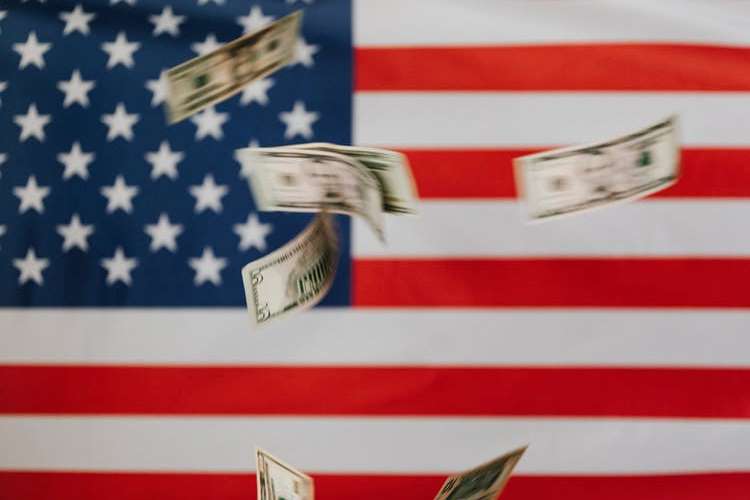When The Fed’s Crystal Ball Fails, Part II
<< Read Part 1: When The Fed’s Crystal Ball Fails, Part I

Image Source: Pexels
If you were an investment banker in 1997, you were in for an unusual holiday season.
I’d already spent a decade in the lavish world of Wall Street and Canary Wharf.
Extravagant parties were the norm. Think chocolate fountains and ice sculptures.
But as we closed out 1997, the mood was subdued. And it’s no wonder…
As I showed you yesterday, the financial world was reeling from the Asian currency crisis that kicked off that summer.
Banks around the world were cutting back. The crisis had wreaked havoc on the markets and the profitability of banks.
JPMorgan, for example, saw its own earnings drop by 35% that year alone.
And economies were slowing at a time when a strong dollar intensified global market turbulence.
If that sounds familiar, it’s because similar elements are at play right now.
So in today’s essay, I’ll show you what this means for your money. And I’ll give you one way you can protect your portfolio as we head into 2023.
The Fed Can’t Fight Supply Chain Inflation
The Fed has been hiking rates aggressively this year.
Because of this, the dollar has strengthened relative to global currencies. It has jumped to record levels.
The reality is that the dollar can’t continue like that without breaking something.
Yet the Fed remains focused on an inflationary battle it can’t fully win, as we’ve discussed here before.
And it’s not just the Fed. The message from central banks and the impact of monetary policies worldwide have been focused on inflation.
But behind that narrative, there’s the real story that central bankers, some of the economic elite, and the corporate media often overlook…
And it’s a story that you should be paying attention to.
Central banks can only do so much to fight inflation. And it’s not just me saying that now. The Federal Reserve is saying that, too.
In fact, the New York Fed put out a report showing that supply chains comprise nearly 40% of inflation.
To me, that means that the Fed is actively increasing The Great Distortion between the markets and the real economy – while the majority of the issue is beyond their control.
The Fed and other central banks use blunt policy tools to fight inflation.
The overwhelming response has been to aggressively hike interest rates. But the truth, as the Fed’s own research shows, is that continuing to hike rates won’t fix supply chain challenges.
Raising interest rates also won’t soften an energy crisis, ease oil prices, resolve the war in Ukraine, or reduce Chinese lockdowns. These are all factors contributing to inflation and supply chain issues.
Yet, sadly, interest rate hikes will harm middle- and lower-income earners.
It could also trigger a recession in the U.S., or even a global recession – all things that will hurt workers and small businesses the most.
What This Means for Your Money
The question is – what should the Fed and other central bankers do?
The simple answer is that they need to be patient and wait, or begin to pivot by reducing the size of rate hikes, at least. Why?
Because, yet again, based on the Fed’s own research from the Kansas City Fed, it suggests that the supply chain could resolve itself over the next 12 months.
Whether that happens or not, it suggests a potential deflationary trend.
That could very well be a reason to believe that the real fear on the horizon is deflation, not inflation.
The good news is, whatever happens, you don’t have to sit back and watch your retirement savings evaporate.
You can take active steps to protect and grow your wealth in any environment.
One way to do that is with the Invesco S&P 500 High Dividend Low Volatility ETF (SPHD).
It’s an exchange-traded fund (ETF) that you can buy in a brokerage account, like a stock.
And it offers the opportunity to invest in an array of low-volatility companies that pay high dividends.
This strategy can help provide extra returns during periods of inflation as well as deflation.
More By This Author:
When the Fed’s Crystal Ball Fails, Part I
Make No Mistake, A U.S. Digital Dollar Is Coming
How The Fed Created A Financial Frankenstein’s Monster
Disclosure: None.



